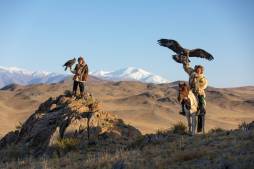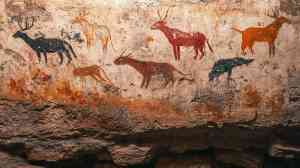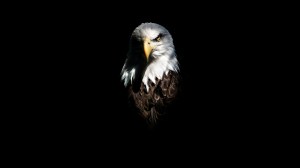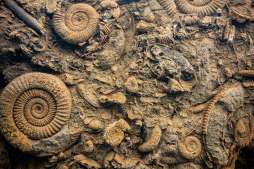How Did Dinosaurs Evolve Into Birds? A Scientific Perspective
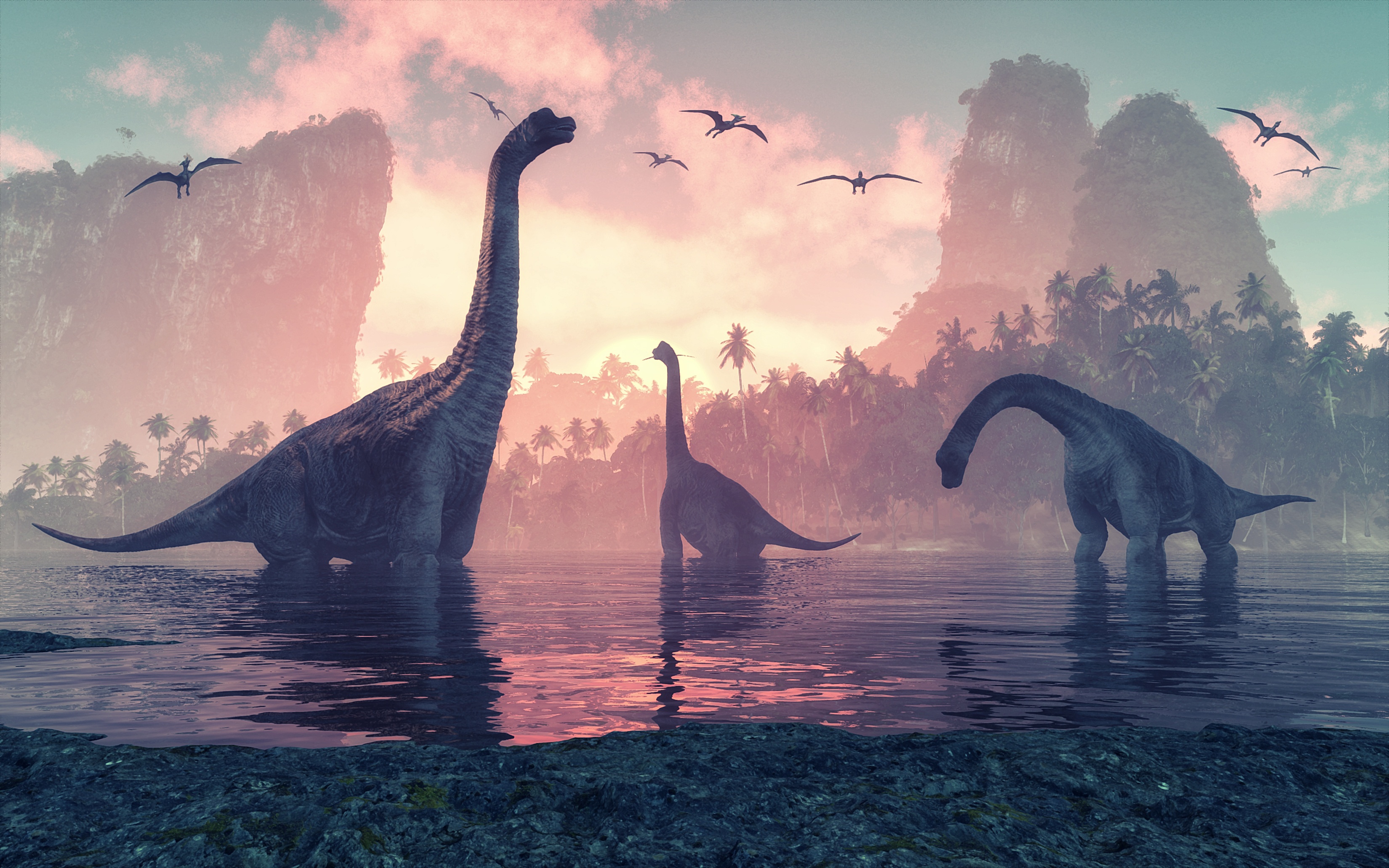
The fascinating story of how dinosaurs evolved into birds is a remarkable example of evolutionary transformation. This journey from fearsome theropods to the birds we see today spans millions of years and showcases the incredible adaptability of life on Earth.
Understanding Theropod Dinosaurs
Theropods were a group of bipedal carnivorous dinosaurs that ranged from small to gigantic sizes. They are characterized by hollow bones, sharp teeth, and three-toed limbs. Famous members include Tyrannosaurus rex and Velociraptor. Importantly, many theropods had feathers or feather-like structures, which played a crucial role in their evolution towards modern birds.
Feathers: From Insulation to Flight
Feathers likely first evolved for insulation or display purposes rather than flight. Over time, these feathers became more complex and specialized. In some small theropods, the development of asymmetrical flight feathers on their forelimbs allowed gliding or primitive flapping flight, laying the groundwork for powered flight seen in birds today.
Skeletal Adaptations Leading to Birds
Significant skeletal changes occurred during this evolutionary transition. These include the reduction in size and weight through hollow bones, modifications in wrist bones allowing wing folding, and changes in pelvis structure supporting bipedal locomotion optimized for flight. These adaptations enhanced mobility and efficiency both on land and in air.
The Archaeopteryx: The Transitional Fossil
Archaeopteryx is often cited as a key transitional fossil bridging dinosaurs and birds. It possessed characteristics typical of both groups—feathers and wings like birds but teeth, claws on wings, and long bony tail like theropods. Its discovery provided critical evidence supporting the dinosaur-bird evolutionary link.
Modern Birds: The Legacy of Theropod Evolution
Today’s birds are direct descendants of certain small theropods that survived the mass extinction event 66 million years ago. Their evolution involved further refinements such as advanced respiratory systems, beak development replacing teeth, and highly efficient flight muscles enabling diverse aerial behaviors seen across bird species worldwide.
The evolution from theropod dinosaurs to modern birds is not only a captivating chapter in natural history but also highlights how gradual adaptations can lead to profound biological innovations over time. Understanding this lineage enriches our appreciation for biodiversity and evolutionary science.
This text was generated using a large language model, and select text has been reviewed and moderated for purposes such as readability.
